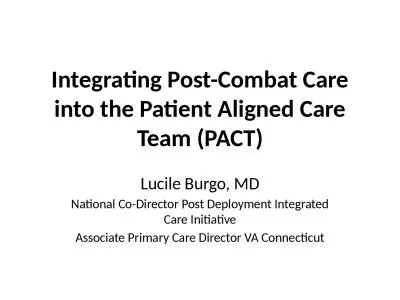PPT-Care Plan (CP) Team Meeting Notes
Author : lois-ondreau | Published Date : 2019-06-29
As updated during meeting André Boudreau aboudreauboroanca Laura Heermann Langford LauraHeermannimailorg 20110420 No 10 HL7 Patient Care Work Group Agenda for
Presentation Embed Code
Download Presentation
Download Presentation The PPT/PDF document "Care Plan (CP) Team Meeting Notes" is the property of its rightful owner. Permission is granted to download and print the materials on this website for personal, non-commercial use only, and to display it on your personal computer provided you do not modify the materials and that you retain all copyright notices contained in the materials. By downloading content from our website, you accept the terms of this agreement.
Care Plan (CP) Team Meeting Notes: Transcript
Download Rules Of Document
"Care Plan (CP) Team Meeting Notes"The content belongs to its owner. You may download and print it for personal use, without modification, and keep all copyright notices. By downloading, you agree to these terms.
Related Documents

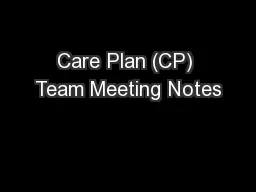
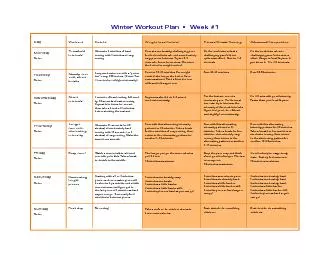



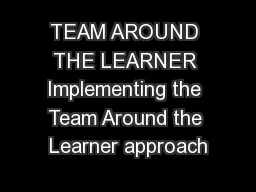


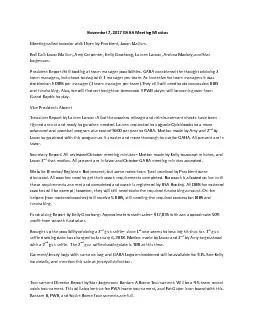

![[EPUB] - Sloth Cornell Notes Notebook: An 8.5 x 11 cornell notes notepad, cornell notes](https://thumbs.docslides.com/907355/epub-sloth-cornell-notes-notebook-an-8-5-x-11-cornell-notes-notepad-cornell-notes-pad-cornell-notes-book-note-taking-notebo.jpg)
